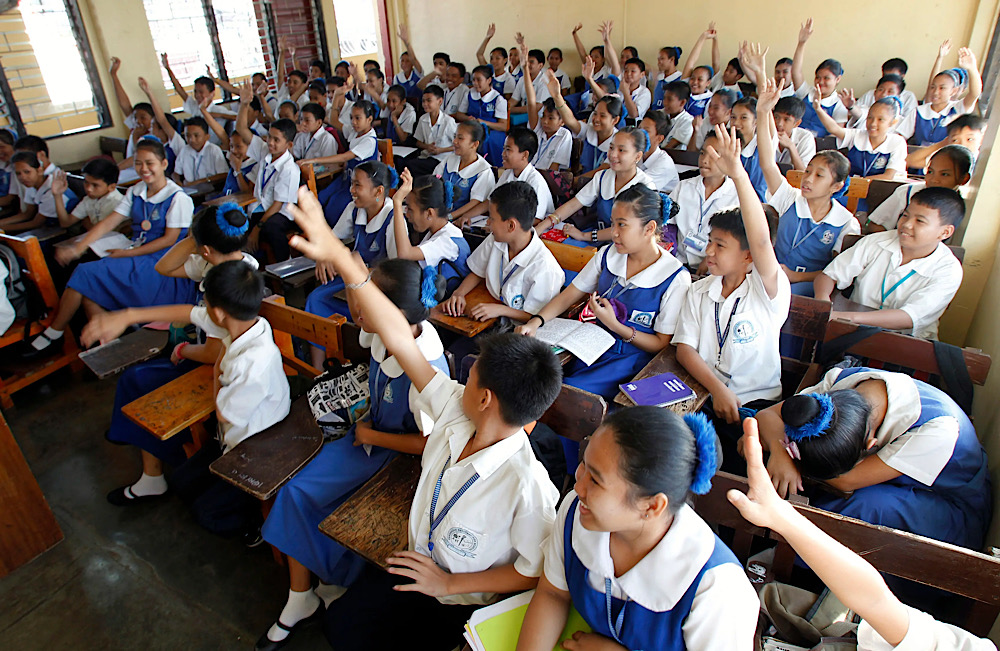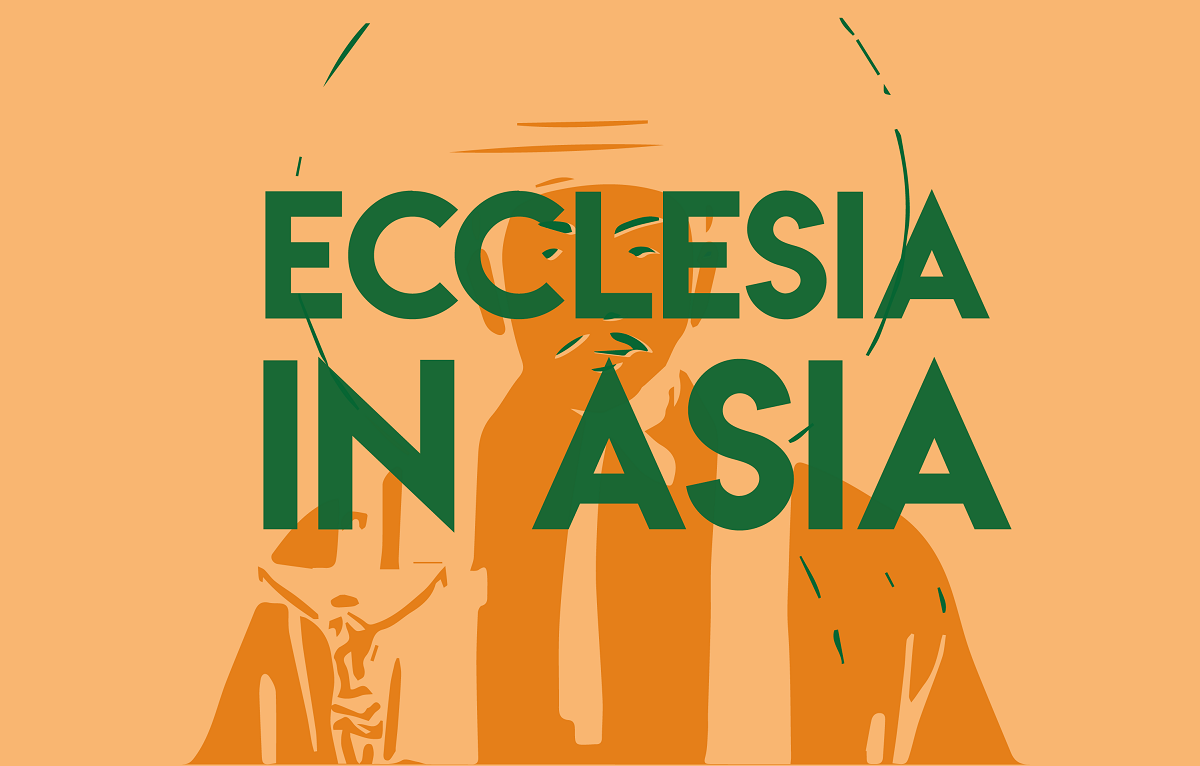Some 20,000 more teachers to be hired to reduce school overcrowding
Population growth has put pressure on the school system. The Department of Education plans to spend almost US$ 80 million to create new teaching positions. However, according to official statistics, 11 per cent of children and young people up to the age of 14 do not go to school due to household poverty. At present, 60 per cent of the 77.3 million Filipinos of working age are employed.
Milan (AsiaNews) – Following a directive from President Ferdinand Marcos Jr, the Philippine Department of Education plans to hire 20,000 more teachers to meet the demand for expanded public education (Grades 1-12), a reflection of the country’s still growing population. This will include giving school administrators greater flexibility in managing teaching staff.
To this end, the Department of Budget and Management (DBM) has approved the creation in a first phase of some 16,000 new teaching positions at a cost of PHP 4.194 billion (about US$ 75 million), which will be followed by a second phase to reach the total number of 20,000.
The goal is to make the education system more efficient, starting with about 15,000 approved Teacher I posts, and add flexibility at the division level, allowing school division superintendents to transfer or reassign teachers to where they are most needed.
This arrangement, which helps prevent duplication and ensures efficient deployment, was approved by the DBM in 2016 but never implemented.
According to the Department of Education, some 27 million students are enrolled in elementary and high schools nationwide, as well as in the Alternative Learning System (ALS), for the 2024-2025 school year.
The is also intended for out-of-school children, youth and adults who need basic and functional literacy skills and knowledge. Official statistics indicate that 11 per cent of children and young people between five and 14 years do not go to school, often due to poverty.
The increase in the number of teachers became necessary to overcome chronic shortages.
Traditionally, Filipinos are strong supporters of education, an attitude nurtured by the authorities, conscious of the need for culturally prepared and professionally trained workers and adequate and well-paid jobs for a relatively young labour force.
Currently, 60 per cent of the 77.3 million Filipinos of working age are employed, out of a total population of 121 million, which has grown by an average of 1.5 per cent per year in the last five years.
25/05/2020 15:19
21/09/2022
18/06/2022 16:25
09/11/2018 10:13







.png)










